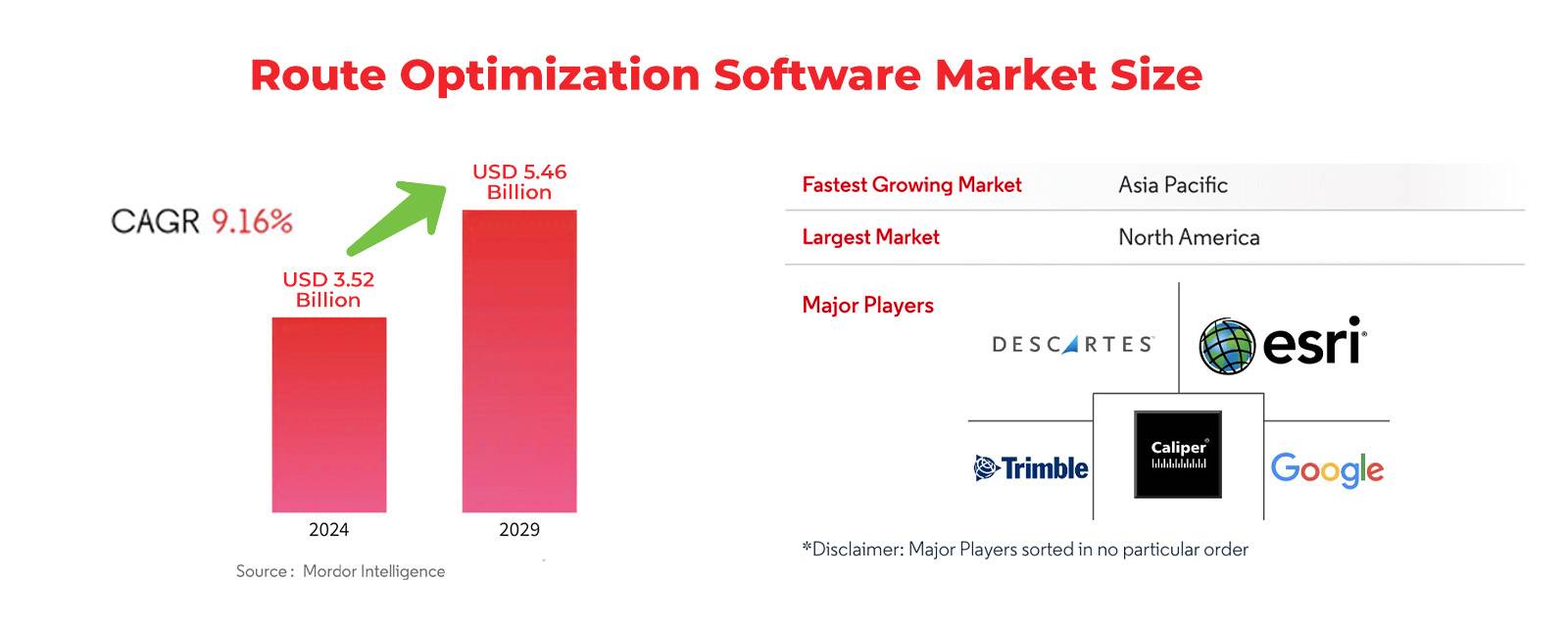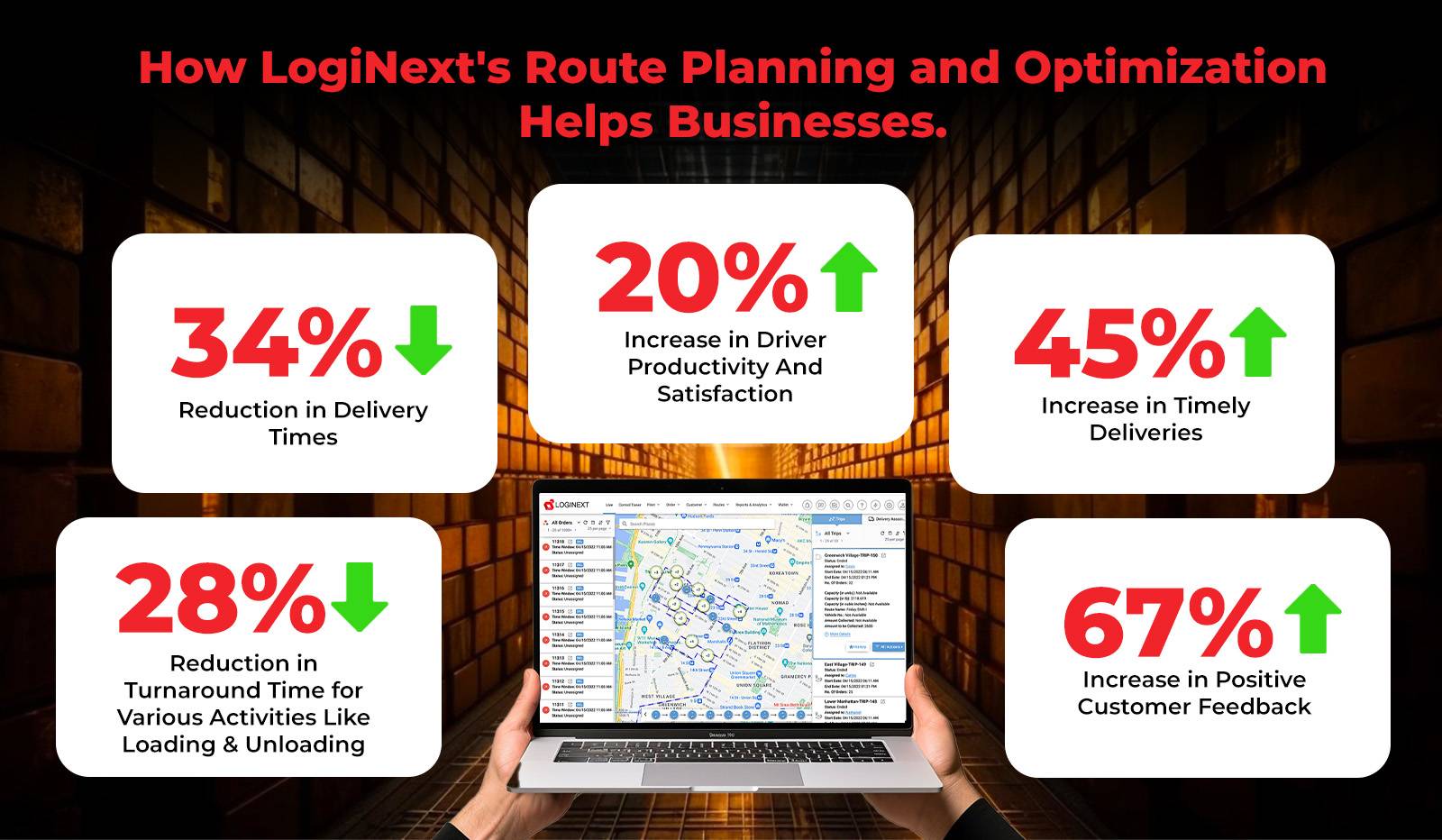
Data, Lies, and Algorithms: How Bias Can Creep into Logistics Route Optimization (and How to Fix It)
In the fast-paced world of logistics, efficient movement of goods is vital for businesses and consumers alike. Logistics route optimization and planning algorithms are the unsung heroes behind the scenes. Data-driven strategies are the cornerstone of modern business operations. Stay ahead with reliable logistics planning and route optimization software for streamlined operations.

These algorithms analyze vast amounts of data to determine the most efficient paths for trucks and delivery vehicles. However, lurking within these algorithms lies a hidden challenge: Bias.
Understanding Bias in Logistics Route Optimization
Bias, in the context of logistics route optimization, refers to the unfair influence of certain factors on decision-making processes. This can lead to disproportionate outcomes, affecting which routes are chosen and who receives timely deliveries. To comprehend how bias creeps into these route optimization algorithms, we must delve into the intricacies of data collection, algorithm design, and the assumptions underlying these processes.

Data Collection and False Representation:
At the core of logistics route optimization algorithms lies data. Data about past deliveries, traffic patterns, road conditions, and more play an influential role in route planning and optimization. However, the quality and representativeness of this data are crucial. If certain demographics are underrepresented or omitted entirely from the dataset (creating lies), bias can emerge.
For example, if a particular neighborhood is consistently overlooked in the data, it may receive fewer deliveries or less frequent service. Thus lowering customer experience in that area.
Moreover, biases can arise from historical disparities in data collection practices. For example, if certain areas have been systematically left out, the data may reflect these lies, resulting in biased outcomes in logistics route optimization algorithms.
Algorithm Design and Assumptions:
In addition to data quality, the design and underlying assumptions of the logistics route optimization algorithms can introduce bias. Algorithm designers must make numerous decisions regarding factors such as cost, time, and distance optimization. However, these decisions may only sometimes align with the diverse needs and realities of all consumer types.
For instance, an algorithm designed to minimize travel time and distance may inadvertently prioritize routes through affluent neighborhoods with well-maintained roads, while neglecting areas with poorer infrastructure. This can increase disparities in access to goods and services, particularly for places with poor infrastructure.
Similarly, assumptions made during the algorithm design process can increase biases. For example, assuming uniform traffic patterns across all neighborhoods may overlook the reality of congestion in urban areas or the lack of reliable transportation options in rural places.
Addressing Bias in Logistics Route Optimization
Recognizing the potential for bias in route optimization algorithms is the first step toward addressing it. Here are some strategies to mitigate bias and promote fairness in route optimization:

Diversifying Data Sources: Ensure that the data used by route optimization algorithms is diverse and representative of all communities and demographics. This may involve collecting data from various sources, including government agencies, community organizations, and local stakeholders.
Regular Data Updates: Continuously update the data used by algorithms to reflect changes in the real world, such as shifts in population demographics, infrastructure improvements, or changes in consumer behavior.
Bias Detection and Mitigation: Actively identify and mitigate biases in algorithm design and implementation. This may involve testing the algorithm’s performance in different scenarios and adjusting it accordingly to ensure fairness and equality.
Inclusive Design Practices: Involve diverse perspectives in the design and implementation of logistics route optimization algorithms. By incorporating input from stakeholders representing a variety of backgrounds and experiences, designers can uncover biases that might otherwise go unnoticed.
Also Read: Why Is Route Planning The Key In The Transportation And Logistics Industry?
How can LogiNext’s Logistics Route Optimization Solution be Beneficial for Businesses?
LogiNext’s route optimization solution offers a promising avenue for businesses seeking to enhance their logistics operations while mitigating bias. By leveraging advanced algorithms and real-time data analytics, our platform optimizes delivery routes based on factors, including traffic conditions, delivery windows, and vehicle capacities.

Our solution learns and adapts to evolving conditions by incorporating machine learning algorithms, ensuring optimal route planning and resource allocation. Businesses can streamline their logistics operations, reduce costs, and improve customer satisfaction—all while promoting fairness in their delivery networks.
Conclusion
In conclusion, while logistics route optimization algorithms play a crucial role in ensuring the efficient movement of goods, they are not immune to bias. By addressing biases in data collection, algorithm design, and assumptions, we can work towards creating more equitable and inclusive route optimization processes. LogiNext, by prioritizing fairness and equity, has built a logistics infrastructure that serves all business types effectively and responsibly. To learn more about our logistics planning and optimization software, click on the red button below.
101







@LogiNext